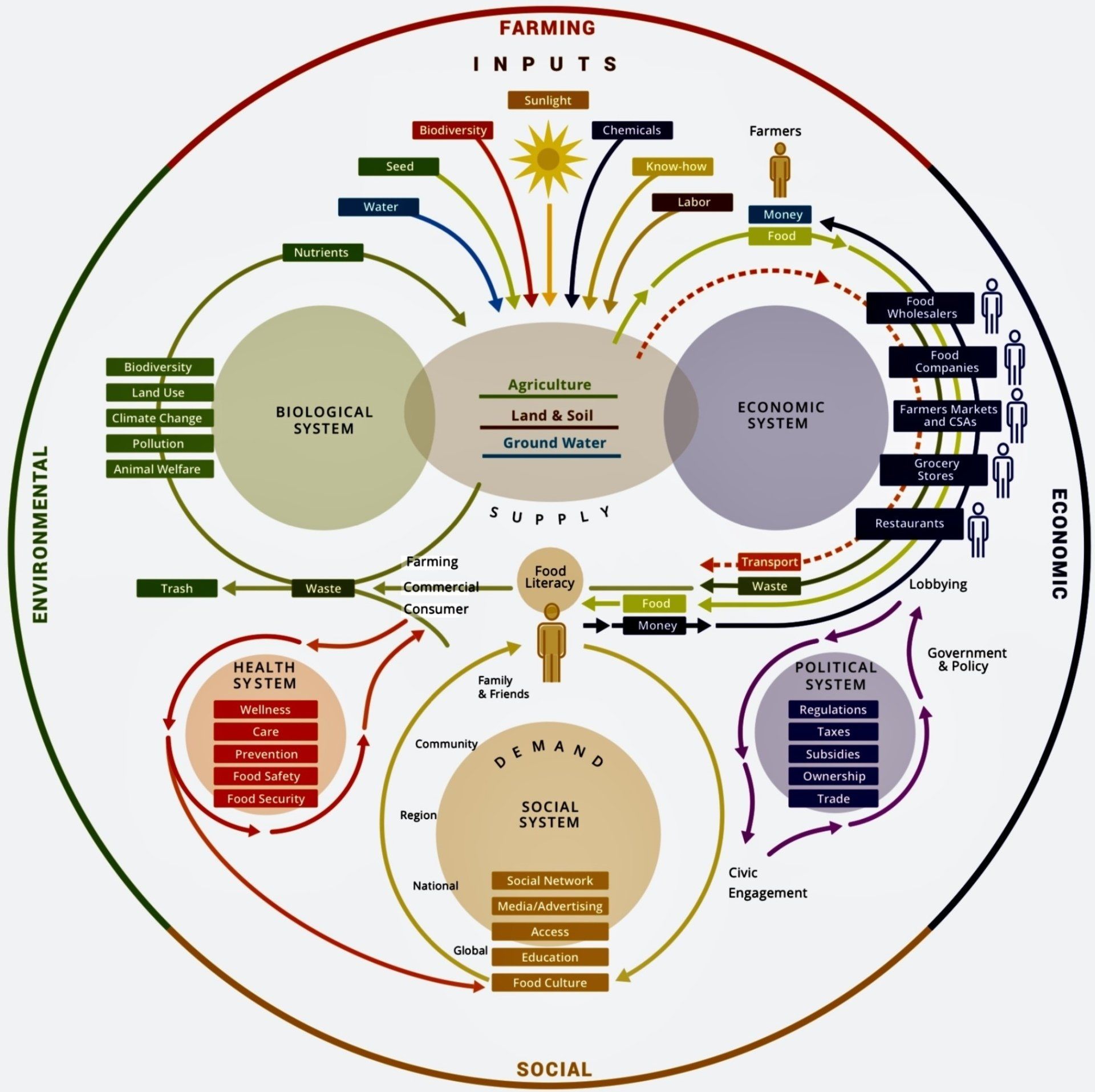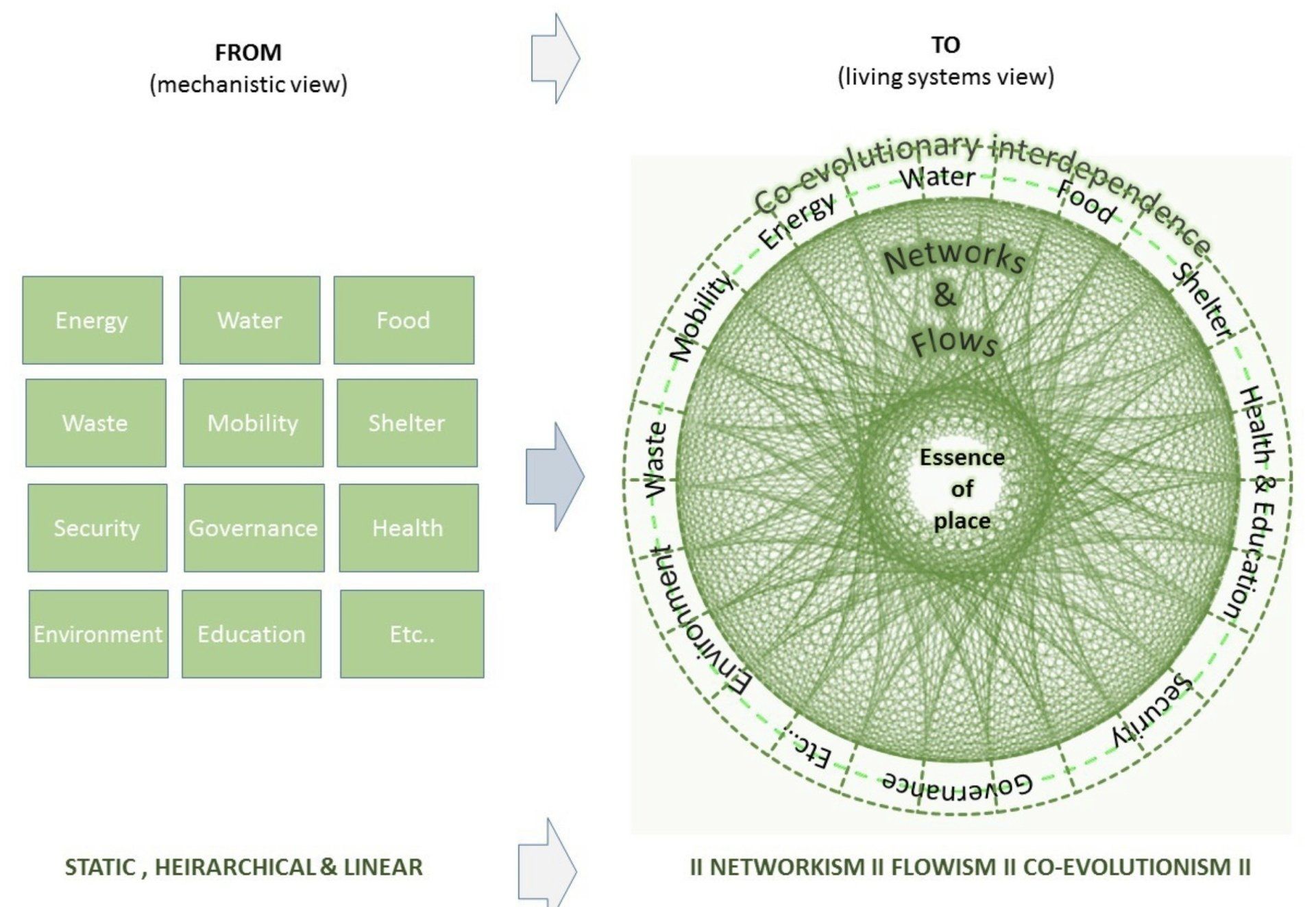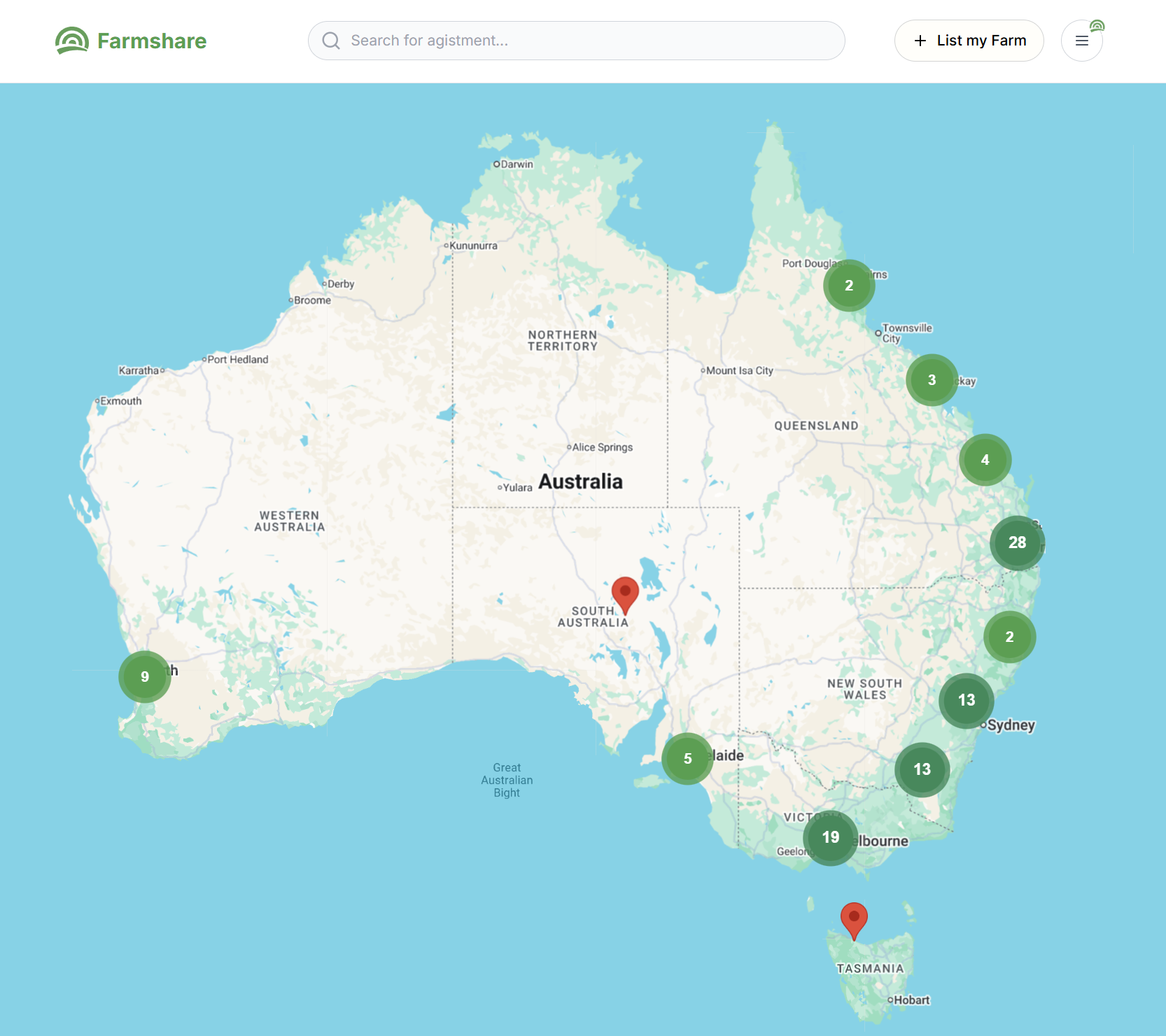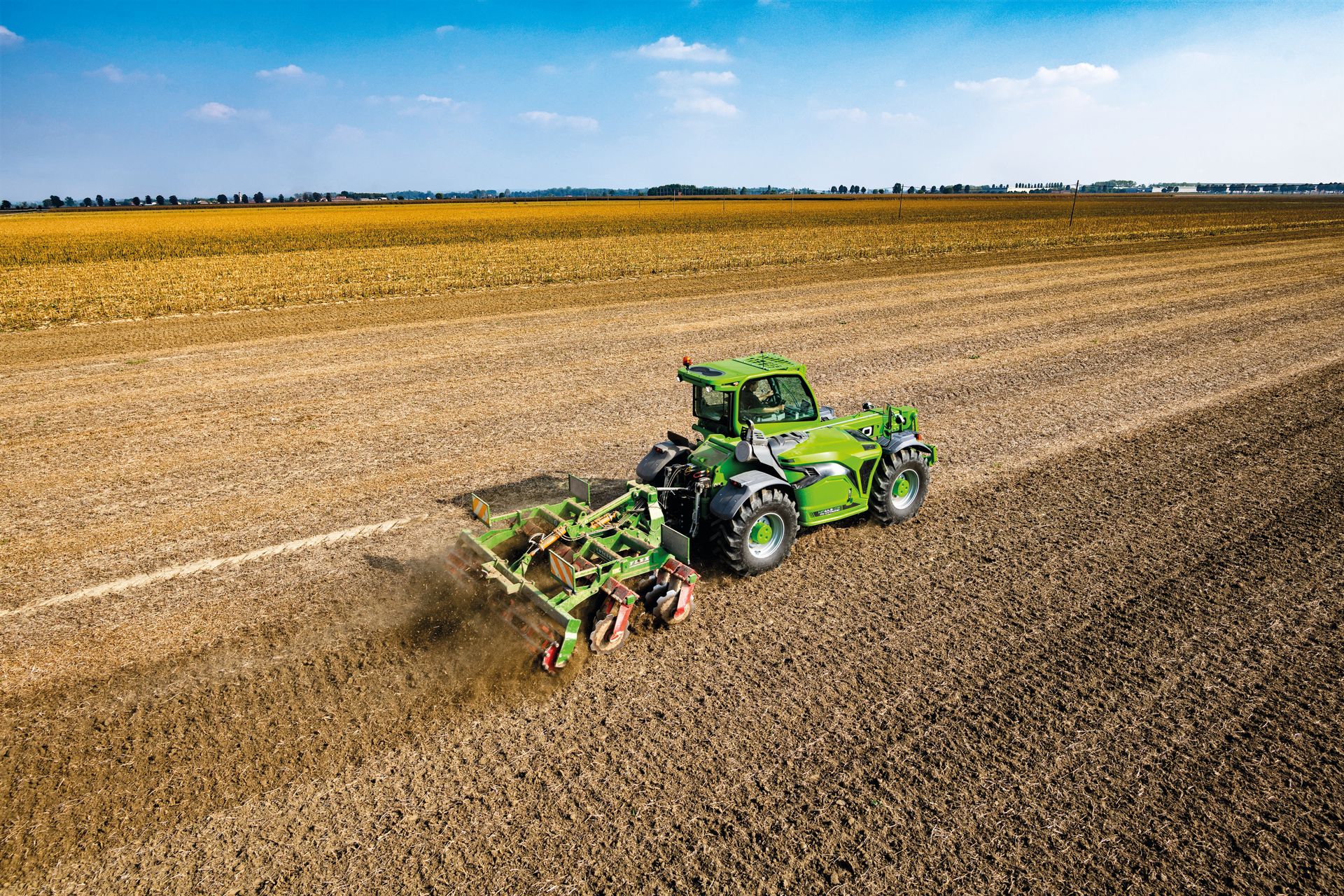1MG FlippingBooks
The Agriculture Tool for the 2020s and Beyond: “Systems”.
Agribusiness, the world’s largest industry and one that can sequester greenhouse gases at scale with precision management systems.
Farmers as System Managers.
Farmers are central to natural systems involving climate, biology (very temperature-sensitive), water, carbon, nitrogen, energy and phosphate. They also make decisions daily at the intersection of dynamic financial, social and environmental systems. Integration of weather and climate, trading, crop and livestock production, soil and water, are but some of the systems that System Analysts use to understand and optimise plant performance through genetics and increase farm production and profitability while enhancing biosecurity and biodiversity. Multiple ecosystem success indicators, including flora and fauna biodiversity and soil, plant, animal and human health can monitor farm performance. Farmers are system managers much like those working in climate, finance, transport, military and healthcare professions.
Global Instability and Carbon.
Most scientists around the world agree that the evolutionary balanced natural and farming systems have been measurably harmed by the injection of fossil carbon into the global system, already causing a global 1⁰C temperature rise, projected to be 2⁰C soon which directly impacts delicate biological processes. Humans, for example, are finely tuned to function at 36.49⁰C while 37⁰C air temperature is considered to be “hot” and 37-38⁰C is a low grade fever (animals are similarly fine tuned to 38.3-39.2⁰C). Financial accounts of fossil fuel companies extracting carbon for injection don’t account for the costly consequences, “cooking their books is cooking the planet”, distorting the allocation of global resources. $4 Trillion ($700 Billion is currently being spent) is needed today to fix this situation. Worse still, these temperature increases are not evenly spread over the globe e.g., higher arctic temperatures tipped that area from carbon sink to carbon source in 2017 due to loss of sea ice with methane clathrates, permafrost and the Atlantic Thermohaline Circulation also now at high risk of tipping. In 2021, the Amazon rainforest is also tipped most unexpectedly from carbon sink to source with frosting of coffee crops.

System Solutions for Carbon.
The biggest single capture of carbon on the planet is in photosynthesis – the process used by plants, algae and certain bacteria to harness energy from sunlight and turn it into chemical energy. Historically the land, especially forests (4 Billion ha.) and grasslands (3.5 Billion ha.) sequestered carbon on a massive scale (oceans 25%). Farmers could lead global efforts to sequester carbon to rebalance the biosphere. Carbon has real commercial value in many parts of the world today, for instance in Europe and China, so managing it to increase sequestered carbon on the farm is a huge financial opportunity for Australian agriculture. Globally, say 0.5 Gigatonnes per year is sequestrated by farmers and valued at $50 per tonne it is a $25 Billion per year market. McKinsey estimates that annual global demand for carbon credits could reach up to 1.5 to 2.0 Giga tonnes of CO2 per year by 2030. Companies are interested in buying carbon offsets so creating markets will provide financial incentives for farmers. Farmers can increase sequestration from existing enterprises by increasing protected bush, planting trees even fruit trees, targeted grassland management, over sowing pastures, using perennial crops and Crassulacean acid metabolism or “CAM” plants and by precision management.
System Analysts Role.
The intricate, intertwined and interactive global cycles, embodied within farm cycles, has to include real world carbon data as precise input to robust soil, above ground and global carbon models. Tools are needed to autonomously monitor carbon, with edge computing, ground based measurements (drone, mesh sensors, topography, soil, etc), climate data, satellite data and this data displayed visually. Digital tools applicable for dynamically visualising the farm, in real time and ready for action-packed decisions, are already used in gaming products for the home entertainment industry e.g., game engine models.
Systems analysts with real time modelling will produce farmer-friendly, decision ready, on--the-run predictive tools for farmers and land managers. Actions and decisions can be explored for long-term options for changing management practices to maintain food production but also secure potential income from carbon sequestration. This same data can be interfaced with autonomous equipment and machines to deliver an automated, if not autonomous farm and business, as autonomous agriculture is here today e.g., drones and robotics.
New Knowledge Needed Urgently
Further, this same systems data and models will be the basis of distributed education, learning and instruction, anywhere, anytime including “on the job” real-time new knowledge is needed. Genetic manipulation is central to production, but the application of biological chemicals (e.g., auxins, chemicals and nutrients) is necessary as a running response to indeterminate variables be it weather, markets, water, weeds, animal health, biological agents of viruses, diseases, pests or insects. None of this is possible without digital systems, “edge computing” – which involves positioning data storage and computation closer to where it is needed (e.g., IoT devices), pattern recognition, artificial intelligence, quantum computers with resonator technology and silicon qubits – the fundamental building block for quantum information processes. Teams with design capability will build hardware and software and combined with a manufacturing capability with real-time real field exposure.
Precision Farm and Global Management
Continuous monitoring of the landscape with satellite, drone or ground autonomous vehicles will provide a time-series report of the rate of change and health of the landscape. These will be high resolution, that is in millimetres, captured in 3D and with appropriate technology viewed on large screens or modified for handheld devices in real-time anywhere. The transfer of transformed data can instruct human or automated treatments including delivery of chemicals in solid or liquid forms, seeds or plants by autonomous land or aerial devices.
Nurture Local, Impact Global for the Health of the Biosphere.
Agriculture is also about agrinurture: nurturing land, the atmosphere, plants and animals to produce fibre and nutritious food. Systems data can be used to monitor food from field to fork, including its nutritional status as consumers are now asking for it to be more tailored to what their health needs are. But nurture of the soil and biosphere is also needed. All farmers’ decisions and subsequent actions, especially “treatments”, can modify the Biosphere. This can be in the immediate space e.g., destroy microbes; local, e.g., spray drift destroying neighbours' crops; or global, the wider Biosphere, e.g., impact on global water, nitrogen, phosphorus or carbon cycles. Systems management will be very positive for carbon and its sequestration but also increasing biodiversity and the efficient use of water, nitrogen and phosphorus on farms. Employing over one billion people and generating over USD1.3 trillion worth of food annually, agribusiness is the world’s largest industry and the only industry in the immediate future that can sequester greenhouse gases at scale, using existing processes.
Dr John H. Troughton, MAgSc., PhD., DSc., who is a global consultant of agriculture, ecology and energy programs, is currently leading global efforts to prove transformational actions that benefit the farmer, the biosphere and its climate. Contact John on email at: john.h.troughton@gmail.com.

















